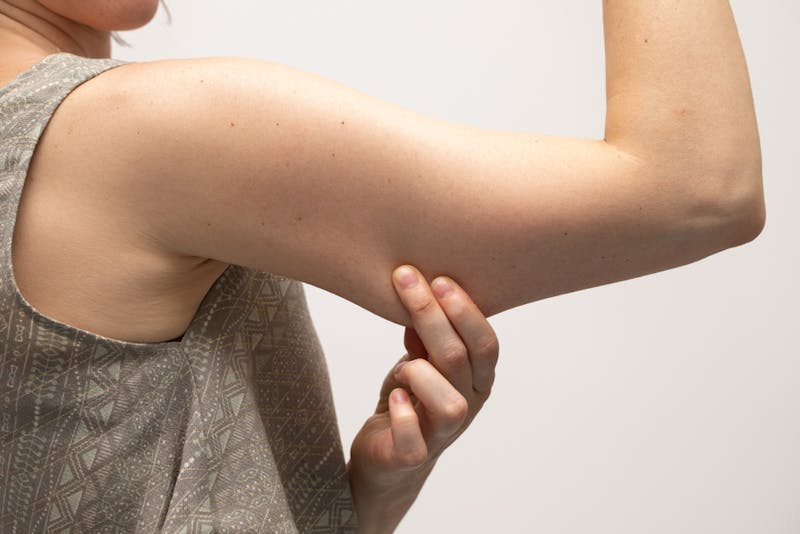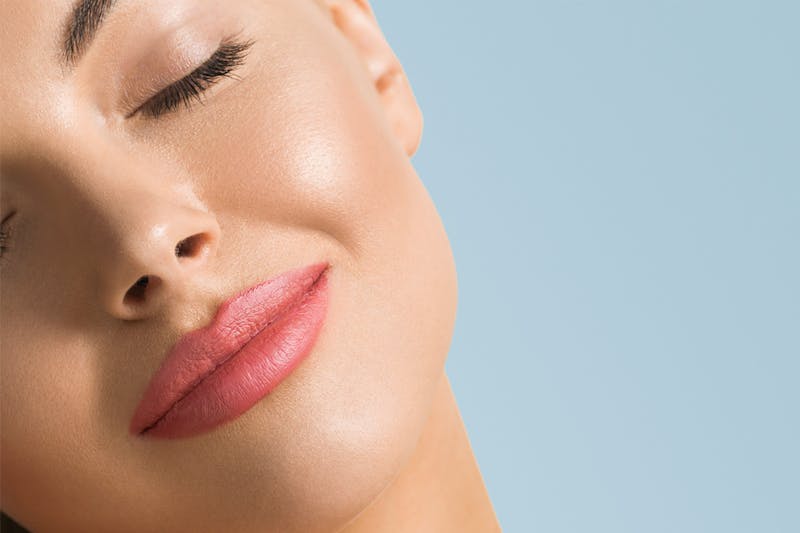06
May

Ethnic Considerations in Lip Reduction Surgery: Achieving Natural Results
Lip reduction surgery, while increasingly popular, requires a careful hand to produce natural yet effective results. Did you know that ethnic considerations could majorly influence the surgery's success and outcome? In this article, we’ll dive into what ethnic lip red...
View More06
May

Maximizing Your Recovery from Bell’s Palsy: Proven Exercise Techniques
Recovering from Bell's Palsy involves a dedicated approach to retraining and strengthening facial muscles. Dr. Panossian, a renowned expert in facial nerve disorders, emphasizes the vital role of targeted facial exercises in achieving complete recovery. This comprehensive g...
View More06
May

Understanding Bell’s Palsy: Differentiating it from Stroke
Bell's Palsy and stroke are two health conditions that, despite their distinct natures, often get confused due to overlapping symptoms such as facial paralysis and weakness. However, understanding the differences is crucial for appropriate medical attention and treatment. T...
View More06
May

Mini Arm Lifts: A Less Invasive Option for Arm Rejuvenation
Understanding the various types of arm lifts is crucial for anyone considering this body contouring procedure. Dr. Panossian, a renowned expert in the field, emphasizes the differences between traditional arm lift and mini arm lifts. Traditional arm lifts, also known as standard ...
View More06
May

One Year Later: The Evolution of Arm Lift Scars
The Healing Process of Arm Lift Scars Over Time The journey following a traditional or mini arm lift surgery, a cosmetic procedure aimed at removing excess skin and fat to restore a toned appearance, begins with the initial healing phase. In the weeks post-surgery, arm lift scars...
View More06
May

Understanding and Managing Scars After Arm Lift Surgery
Arm lift surgery, also known as brachioplasty, is a popular body contouring procedure that aims to create a more toned and aesthetically pleasing appearance of the upper arms. This surgical technique involves the removal of excess skin and fat from the upper arm region, often sou...
View More06
May

Understanding Lip Reduction Surgery: Reasons and Methods
Feeling self-conscious about your lips? Have you ever wondered how lip reduction methods could help you achieve your desired look? This article delves into the various techniques used in lip reduction, ideal candidates, and the role of a professional surgeon in this procedure. Th...
View More06
May

Types of Lip Lift Surgeries: Which Procedure is Ideal for Your Desired Results?
Lip reshaping surgeries have become an increasingly popular way to enhance the appearance of the mouth and contribute to the overall aesthetic balance of the face. Aging often results in elongation of the top lip, downturned corners of the mouth, and loss of lip volume. Lip lift ...
View More06
May

Lip Lift Recovery: A Day-by-Day Timeline
Lip lift procedures are widely recognized as an effective solution for having a rejuvenated and more defined lip. The goal of this cosmetic procedure is to create fuller and more youthful lips that will enhance overall facial appearance and boost self-confidence. If you are consi...
View More06
May

Dealing with Scar Tissue: The Importance of Revision Rhinoplasty
The formation of scar tissue is a normal part of the healing process after any surgical procedure, including rhinoplasty. However, in some cases, excessive scar tissue can lead to aesthetic and functional issues, creating the need for a second procedure known as revision rhinopla...
View More06
May

Correcting Asymmetrical Lips: How Surgery Can Help
Lip asymmetry is a common aesthetic concern for many individuals, affecting both the appearance and function of the lips. A variety of factors can cause asymmetrical lips and can be addressed through surgical and non-surgical cosmetic procedures. This guide will provide a compreh...
View More06
May

Lip Fillers or Lip Reshaping Surgery: Factors to Consider Before Making a Decision
In the realm of cosmetic enhancements, lip augmentation has become a popular choice for individuals seeking to enhance their facial aesthetics. Two common procedures for lip augmentation are lip fillers and lip reshaping surgery. Each procedure comes with its own set of benefits ...
View More

